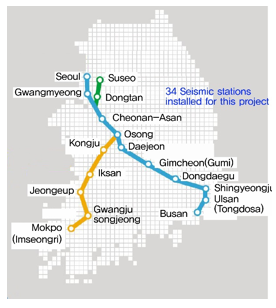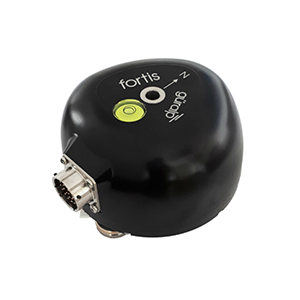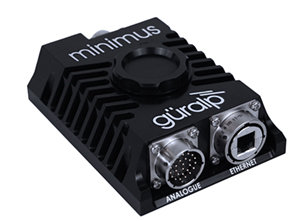Guralp solution provides low-latency data for an earthquake early warning system in Korea
The Korail project network was formed by the Korea Network Authority. The solution provides low latency data for an early warning system. Over 100 accelerometers and 65 digitisers make up 34 stations over 320 km of railway line.
Each station is formed of two 5T* tri-axial accelerometers, connected to the network using DM24 digitizers and data modules.
Each station is formed of two 5T* tri-axial accelerometers, connected to the network using DM24 digitizers and data modules.
Güralp solution
The Korail project network consists of over 100 accelerometers and 65 digitisers. These are spread at regular intervals over 320 km of railway line.
Güralp strong-motion accelerometers gather real-time data from structures along a newly-built high-speed railway line, and transmit it to operators using a combination of Scream! and GSMS protocols. GSMS can provide every second and on triggered data, MMA (minimum, maximum and average ground acceleration), PGA (Peak Ground Acceleration), RMS (Root Mean Square), Cross correlation and SI (Spectral Intensity).
A minimum of two accelerometers are used; one at the bottom of the column, one at the top. The instruments are connected to a single 6-channel DM24 mk3 digitiser in a nearby building, which is linked to the local TCP/IP network with a DCM. The DCM runs a Scream! server so that real-time data can be viewed from anywhere on the network. Only one of the two digitizer input ports on each DCM is used, giving the array scope for future expansion as necessary.
Güralp strong-motion accelerometers gather real-time data from structures along a newly-built high-speed railway line, and transmit it to operators using a combination of Scream! and GSMS protocols. GSMS can provide every second and on triggered data, MMA (minimum, maximum and average ground acceleration), PGA (Peak Ground Acceleration), RMS (Root Mean Square), Cross correlation and SI (Spectral Intensity).
A minimum of two accelerometers are used; one at the bottom of the column, one at the top. The instruments are connected to a single 6-channel DM24 mk3 digitiser in a nearby building, which is linked to the local TCP/IP network with a DCM. The DCM runs a Scream! server so that real-time data can be viewed from anywhere on the network. Only one of the two digitizer input ports on each DCM is used, giving the array scope for future expansion as necessary.

A map of the installations along the rail route
Features
- Strong motion accelerometer
- Low latency digitiser
- Various output protocols including Scream! and Seedlink
Benefits of monitoring
- Monitor the safety of structures along the line;
- Assess how the structure responds to seismic events and to vibration arising from normal activity on the line; and
- Contribute to the knowledge of seismicity in the region
*The 5T series of instruments have been superceded by the Fortis and Fortimus accelerometers, both of which feature flexible gain options so they can perform optimally in a wide range of earthquake monitoring scenarios.
The modern equivalent to the DM24 digitiser is the Minimus digitiser which is available as a seperate unit, or integrated within the Fortimus instrument. In either scenario, they offer advanced data communications and ultra-low-latency data transmission capability, ideal for Earthquake Early Warning scenarios.
You can find out more about Fortis here.
You can find out more about Minimus digitisers here.
The modern equivalent to the DM24 digitiser is the Minimus digitiser which is available as a seperate unit, or integrated within the Fortimus instrument. In either scenario, they offer advanced data communications and ultra-low-latency data transmission capability, ideal for Earthquake Early Warning scenarios.
You can find out more about Fortis here.
You can find out more about Minimus digitisers here.






